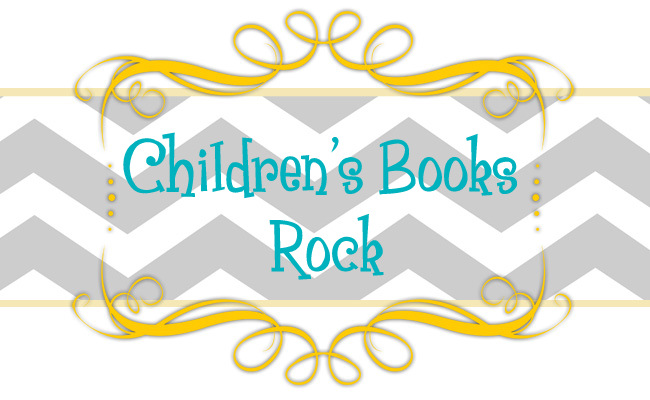Krosoczka, Jarrett. 2009. Lunch Lady and the League of Librarians. New York: Alfred A. Knopf. ISBN: 0375846840
PLOT SUMMARY
LUNCH LADY AND THE LEAGUE OF LIBRARIANS is a humorous graphic novel about lunch ladies who are secretly crime stoppers. Dee, Terrence, and Hector are three students who are in the "Breakfast Bunch" and alert the lunch ladies. This second book of the Lunch Lady series involves librarians stealing money from fundraisers, banding together, and trying to put a stop to the new video game console that is about to be released. The lunch ladies figure out what is happening through a spy cam and go on a quest to stop them. The lunch ladies are almost defeated by the librarians, but the Breakfast Bunch makes it just in time to join in and help. The librarians are caught red handed trying to destroy the video game consoles and arrested. The lunch lady steps in as librarian and uses the new video game system as encouragement to read during the Read-A-Thon. The lunch ladies save the day once again.
CRITICAL ANALYSIS
Krosoczka has created the characters of Lunch Lady and Betty who are similar to the typical superhero and sidekick. They have normal everyday jobs, but behind the scenes they work to fight crime. They have a secret place in the school to conduct business, the boiler room, and a wide variety of gadgets that are disguised as regular objects. The Breakfast Bunch are a group of kids that are sidekicks to the Lunch Ladies. They appear to be average students at school and even deal with bullies, but The Breakfast Bunch are also secret superhero crime fighters.
The illustrations are drawn in four colors, white, black, gray and yellow. The color yellow is used to to highlight the pictures and draw your attention to key elements within them. For example, the Lunch Ladies are all wearing yellow aprons setting their characters apart from the others and making them easily recognizable. Although the illustrations are fairly simple, they add energy, interest, and details to the story.
AWARDS & REVIEW EXCERPTS
Winner 2010 - Cooperative Children's Book Center Choices
CONNECTIONS
-LUNCH LADY Series Book Trailer - http://youtu.be/bWLFSW839tY
-Any other book in the LUNCH LADY series.
-Other Books by Jarrett Krosocka
-PUNK FARM. ISBN: 0-375-82429-4
-PUNK FARM ON TOUR. ISBN: 0-375-83343-9
-Amazing list of resources on the subject of graphic novels http://noflyingnotights.com/resources/
-Activities to do with graphic novels: http://www.randomhouse.com/catalog/teachers_guides/9780375846847.pdf
-Excerpt from LUNCH LADY AND THE LEAGUE OF LIBRARIANS and activity where students continue the comic http://g-ecx.images-amazon.com/images/G/01/randoEMS/LunchLady_Sampler.pdf
